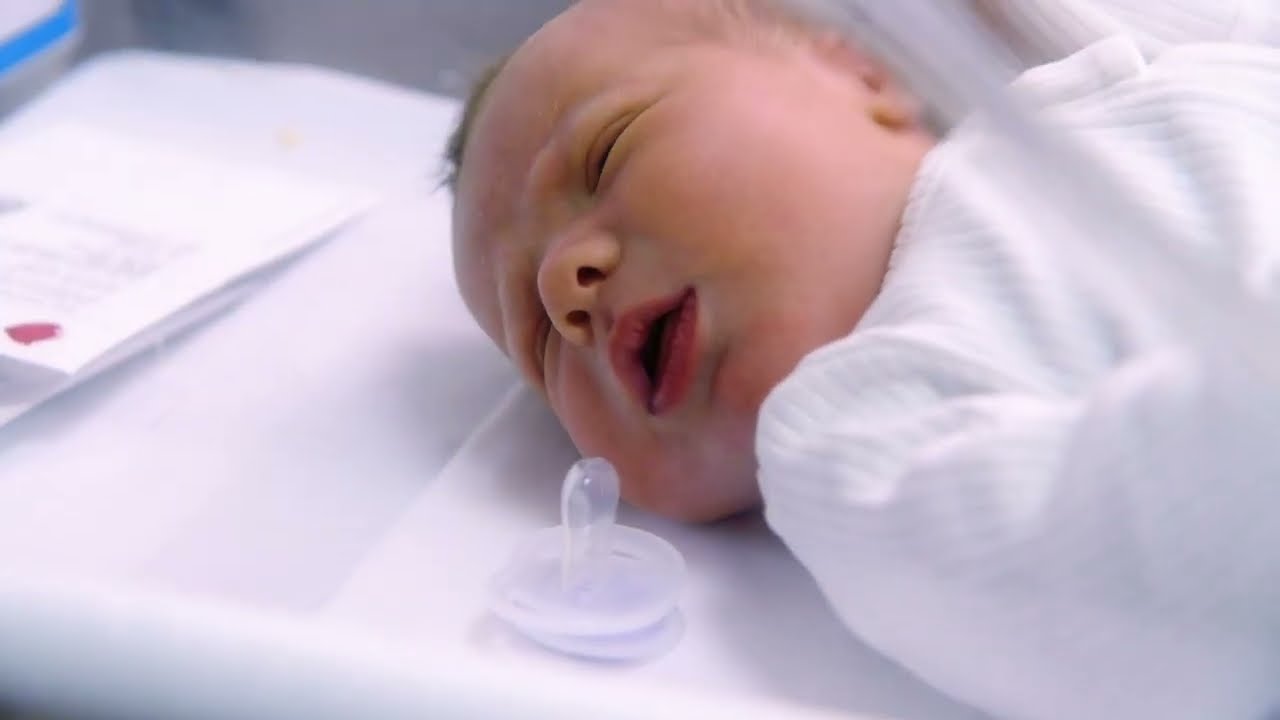Neonatal Screening for Joint and Skeletal Abnormalities
In neonatal screening, early detection of joint and skeletal abnormalities is crucial. These conditions can lead to significant developmental challenges if not identified and treated promptly. This screening process typically involves a combination of clinical observations and laboratory tests using dried blood spots (DBS). The goal is to identify infants at risk for severe skeletal dysplasias or other congenital disorders early in their lives.
The primary focus of this service is the application of advanced biochemical and molecular techniques to analyze specific biomarkers indicative of joint and skeletal abnormalities. These tests are performed using high-sensitivity analytical instruments, ensuring precision and accuracy. The screening process involves multiple steps:
- Collection of a small blood sample from the neonate.
- Preparation of dried blood spots on filter paper.
- Analytical testing using liquid chromatography-mass spectrometry (LC-MS) and tandem mass spectrometry (LC-MS/MS).
The biomarkers analyzed include specific amino acids, organic acids, and other metabolites that are altered in the presence of certain skeletal dysplasias. Early detection allows for timely intervention through medical management or surgical correction.
Quality assurance is paramount in this process. Laboratories adhere to stringent standards set by international bodies such as ISO 15189:2017, ensuring accuracy and reliability. The results are communicated promptly to healthcare providers, allowing them to plan appropriate care for the affected infants.
The importance of early detection cannot be overstated. Untreated skeletal dysplasias can lead to severe complications including respiratory distress, feeding difficulties, and developmental delays. Early intervention not only improves the quality of life but also reduces long-term healthcare costs.
Why It Matters
The early detection of joint and skeletal abnormalities in neonates is critical for effective management and treatment. These conditions can significantly impact a child's growth and development if not identified promptly. The significance lies in the fact that many skeletal dysplasias are autosomal recessive disorders, meaning they require both parents to carry the defective gene.
The primary purpose of neonatal screening is to identify these conditions early, enabling timely treatment or management strategies. Without this screening process, the severity and progression of certain disorders can exacerbate, leading to more severe complications in later life stages. Early intervention not only improves outcomes but also reduces healthcare costs associated with treating advanced stages of the disorder.
The importance of neonatal screening extends beyond individual health; it has broader implications for public health policy. By identifying and managing these conditions early, healthcare systems can allocate resources more effectively, ensuring that all children have access to necessary care regardless of socioeconomic status.
Industry Applications
- Pediatric Hospitals
- Skeletal Dysplasia Research Labs
- Newborn Intensive Care Units (NICUs)
- Genetic Counseling Clinics
The application of neonatal screening for joint and skeletal abnormalities is particularly relevant in pediatric hospitals where early detection can significantly impact patient care. Research labs specializing in genetic disorders benefit from this service to better understand the prevalence and incidence of various dysplasias. NICUs often rely on such screenings to identify infants at risk, allowing for immediate medical attention.
Genetic counseling clinics also use these results to provide families with accurate information about potential risks and options for intervention. This holistic approach ensures that both healthcare providers and families are equipped to manage the identified conditions effectively.
Quality and Reliability Assurance
The reliability of neonatal screening results is essential, and laboratories must adhere to strict quality control measures. This includes regular calibration of instruments using certified reference materials (CRMs) and participation in proficiency testing programs. The use of CRMs ensures that the analytical methods used are consistent across different batches and samples.
Proficiency testing involves submitting samples to external organizations for independent analysis, allowing laboratories to monitor their performance against established benchmarks. Laboratories also conduct internal audits regularly, reviewing data and procedures to identify areas for improvement. Compliance with international standards such as ISO 15189:2017 ensures that the laboratory maintains high levels of quality assurance.
Additionally, ongoing training for staff members is crucial in maintaining accuracy and reliability. Continuous professional development helps ensure that personnel are up-to-date with the latest methodologies and technologies. This commitment to excellence in quality control ultimately enhances trust within the medical community and among parents who rely on these services.





